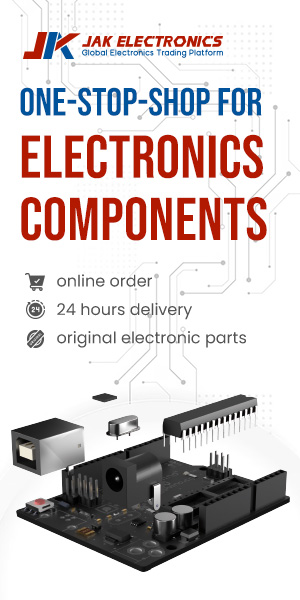Category: Basic Electronics
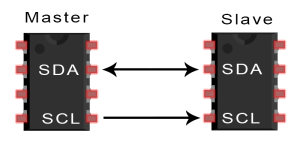
Basics of the I2C Communication Protocol
circuitbasics.com talks about the I2C protocol, it's use and it's advantages and disadvantages. I2C combines the best features of SPI and UARTs. With I2C, you can connect multiple slaves to a single master (like SPI) and you can have multiple masters controlling single, or multiple...
Continue Reading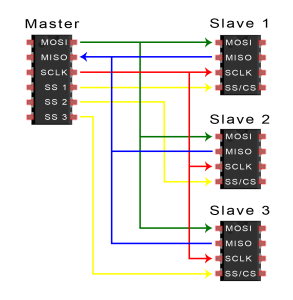
Basics of the SPI Communication Protocol
circuitbasics.com talks about the SPI serial communications protocol: One unique benefit of SPI is the fact that data can be transferred without interruption. Any number of bits can be sent or received in a continuous stream. With I2C and UART, data is sent in packets, limited to...
Continue Reading
Conventional Flow vs Electron Flow Explained
"baldengineer" explains which way the current flows. A couple of weeks ago I wrote about four current flow direction myths. As a follow up to that popular post, I decided to dedicate this month’s AddOhms electronics tutorial video to Current Flow. In episode #19, I tackle the...
Continue Reading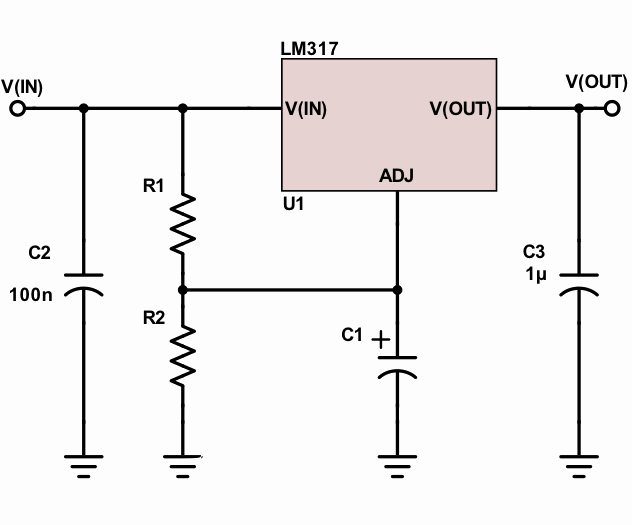
LM317 smooths but doesn’t regulate
Michael Dunn discuss about a circuit that smooths ripple and noise but doesn't regulates the output. A well known power supply circuit is the capacitance multiplier. It doesn't regulate, but instead reduces ripple & noise while the output tracks at some fraction of the input...
Continue Reading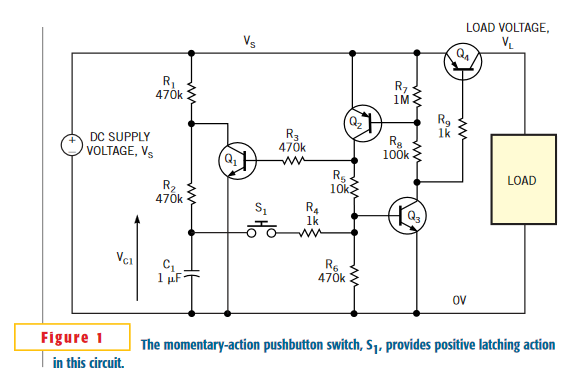
Latching power switch uses momentary-action pushbutton
Anthony Smith @ edn.com published a push button latching circuit able to control a load with a single push of a button. The circuit in Figure 1 shows how you can use a simple, momentary-action, SPNO (single-pole, normally open) pushbutton switch to latch power to a load. Requiring...
Continue Reading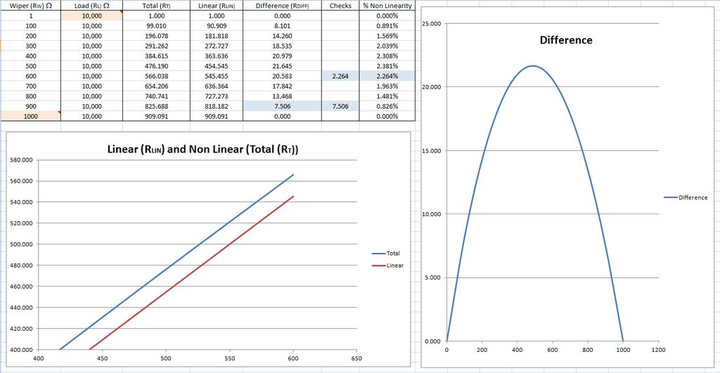
Analogue Sensors – Calculate the Nonlinearity Introduced by a Load or Pull Down Resistor
Tecwyn Twmffat @ instructables.com discuss about the notlinearity introduced by adding a pull down resistor and why you may get unpredictable readings from your ADC. For many years I found that I would get strange, unpredictable, readings from my sensor related projects at the...
Continue Reading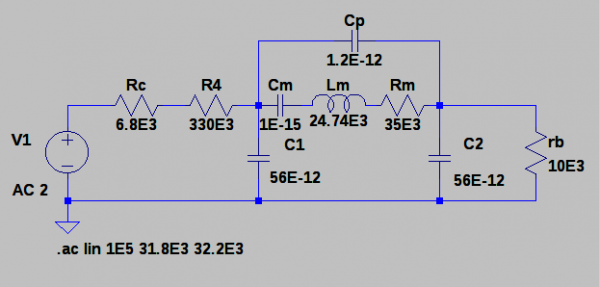
Troubleshooting a 32kHz Crystal Oscillator
How to Actually Make it Oscillate? Now for an oscillator to work, we need an amplifier with a gain of greater than 1, and a phase shift of 360 degrees to get positive feedback. First problem – the transistor was saturated, with Vc stuck near 0V. For an oscillator to start noise...
Continue Reading
App note: Transformers
All about transformers and its different uses in this application note from Murata. App note: Transformers -...
Continue Reading










